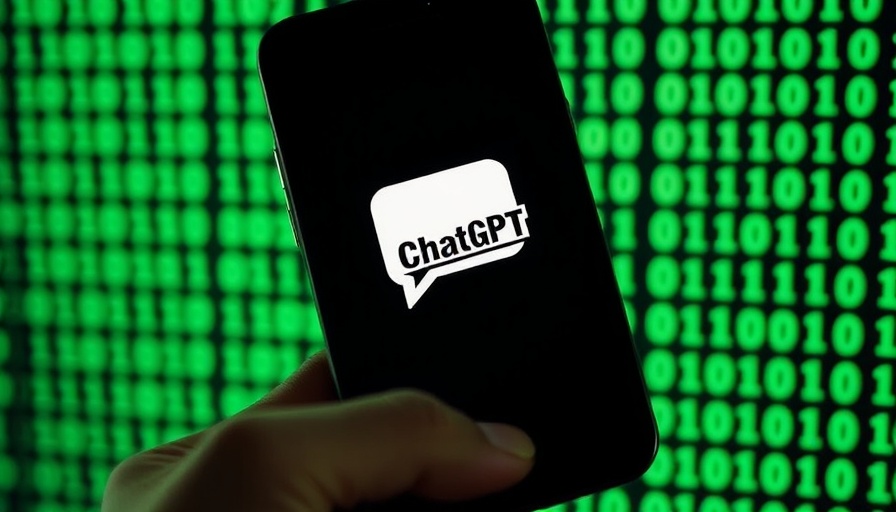
Unpacking the ChatGPT Outage: A Surge in Ghibli Enthusiasm
On Sunday, March 31, 2025, OpenAI’s ChatGPT encountered a significant global outage that left many users grappling with inaccessible services. The problem was traced back to a sudden spike in demand for its innovative Studio Ghibli-style image generation feature, which has rapidly become a favorite among users looking to create artwork reminiscent of the iconic Japanese animation style.
The outage, which began on Saturday evening and peaked Sunday around 4 PM, resulted in widespread challenges for users attempting to access the platform. Reports flooded in from around the world as people received error messages indicating that the service had become too popular and had reached its rate limits.
The Ripple Effect of AI Surges
This event underlines a growing phenomenon in the tech space where popular AI features can create unexpected strain on infrastructure. The site Downdetector recorded a staggering 219 outage reports within minutes, signifying just how widespread the issue was. OpenAI, responding to the situation, confirmed that a fix was implemented and that all services were restored shortly thereafter, promising users a detailed Root Cause Analysis (RCA) within five days.
Users faced not only inconveniences but also interruptions in critical tasks: content creation, coding assistance, and even business queries were hindered. This underscores a significant risk in the rapid adoption of such AI technologies - when a tool becomes overwhelmingly popular, can the infrastructure handling the demand keep pace?
Understanding the Demand for AI Creativity
The allure of Studio Ghibli-style image generation lies in its ability to bring creativity and nostalgia into an accessible format. Popular titles like Spirited Away and My Neighbor Totoro have a massive following, and users were eager to generate their own Ghibli-like artwork. OpenAI CEO Sam Altman even humorously urged users to temper their enthusiasm on social media, indicating the frantic workload the team was under.
The Broader Context of AI Integration
This surge and subsequent outage bring into question the scalability of AI applications. As creativity and functionality become just a click away, industries must ensure that the underlying technology can handle the immense workloads. The popularity of AI-based creative tools not only illustrates a technological shift but also speaks to societal needs for artistic expression and innovation.
Diverse Perspectives on Creative AI Tools
While many laud the democratic access to creative tools that AI offers, there are voices of caution about potential implications for traditional artists and the creative sector. Will the ease of image generation dilute the value of human creativity, or will it provide new avenues for artists to explore? As AI continues to embed itself into creative processes, a dialogue surrounding the balance between technology and artistry will gain prominence.
Embracing AI Innovations Responsibly
As we move ahead in this tech-centric world, the focus should shift towards finding ways to support these innovations without overwhelming systems. Developing robust infrastructure and fostering a collaborative environment between users and providers will be critical. OpenAI's commitment to improving service based on user feedback will hopefully lead the way in managing such surges.
Conclusion: Staying Ahead of the Curve
In conclusion, the recent ChatGPT outage serves as a pivotal reminder of the implications of rapidly growing AI technologies. As interest in AI tools surges, so must our preparations to support them adequately. This event sheds light on the necessity for both users and developers to engage in conversations about responsible and sustainable growth in AI.
By embracing these discussions, we can help ensure that as AI evolves, it elevates creativity rather than diminishing it. Let’s remain curious and proactive, seeking to find the balance between humanity and technology as we navigate the fascinating landscape of AI.
 Add Row
Add Row  Add
Add 




 Add Row
Add Row  Add
Add 

Write A Comment